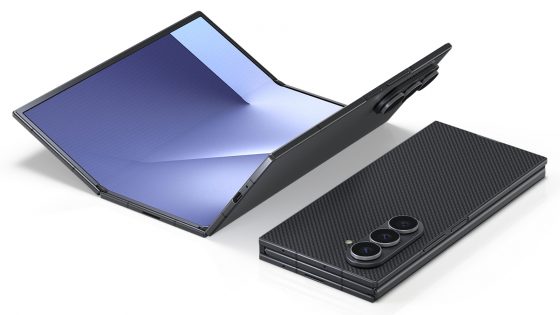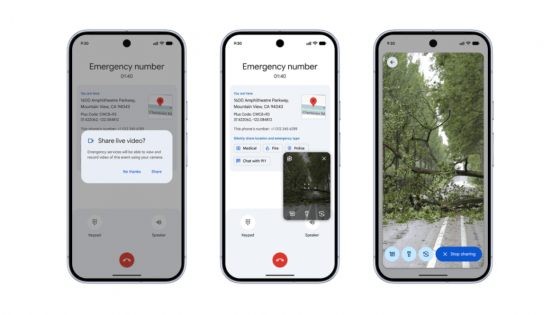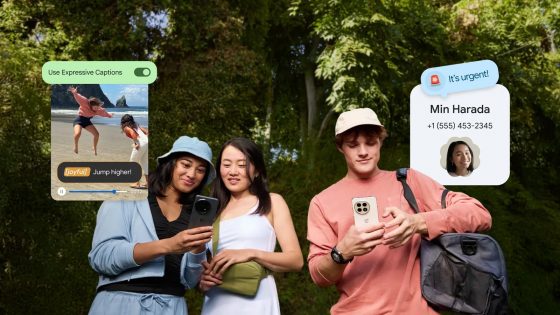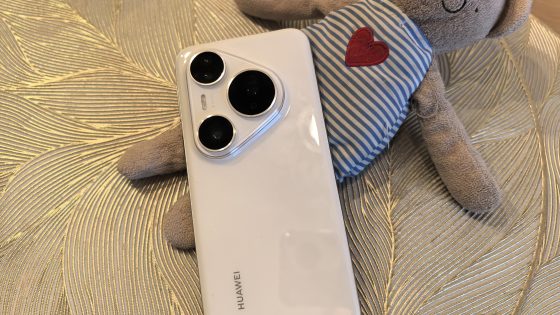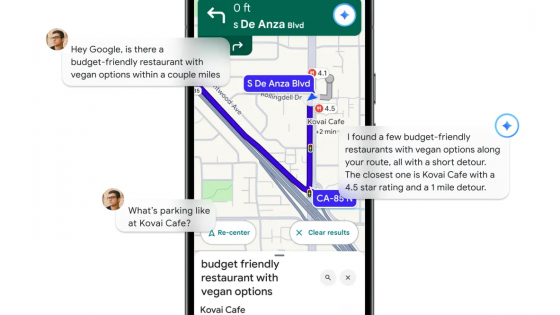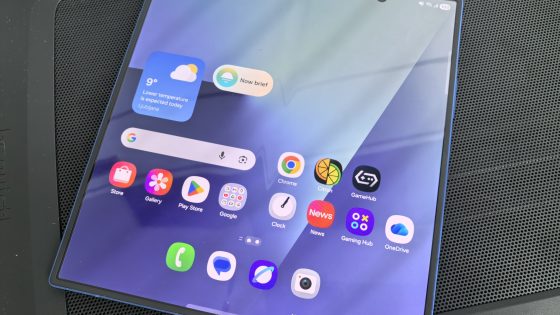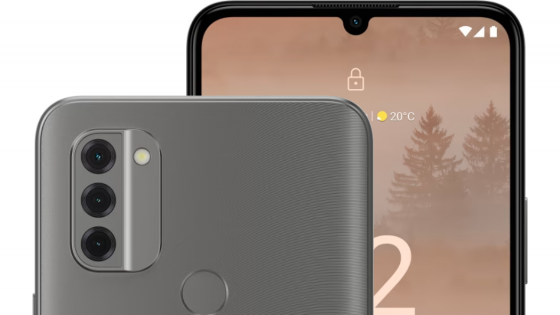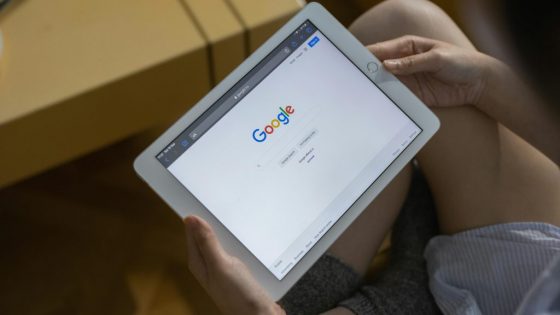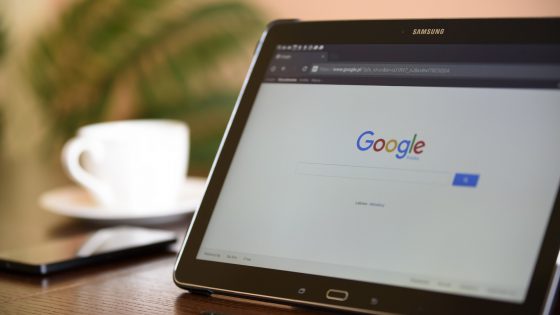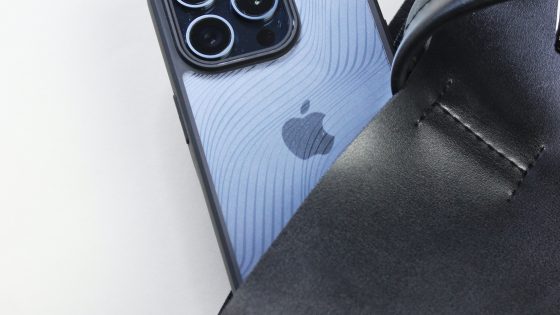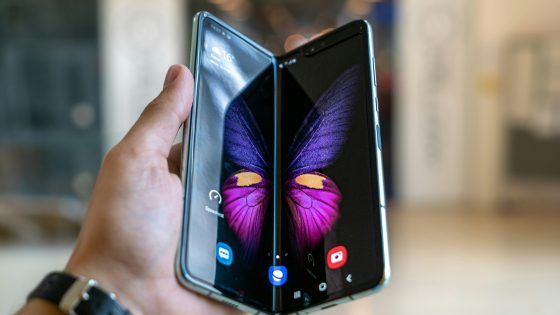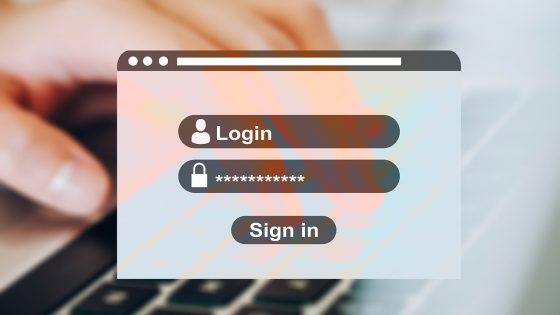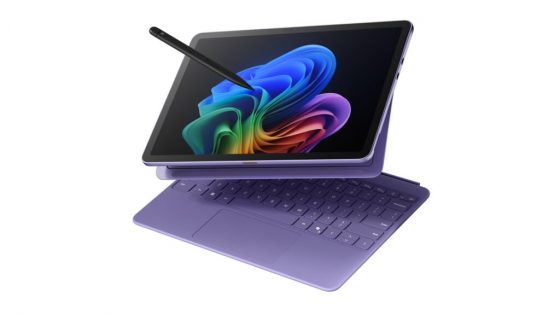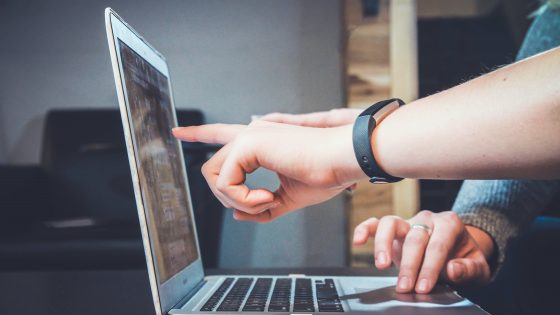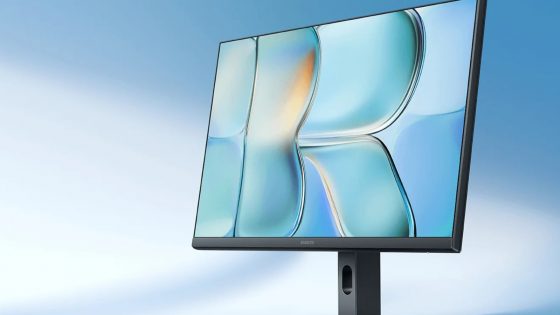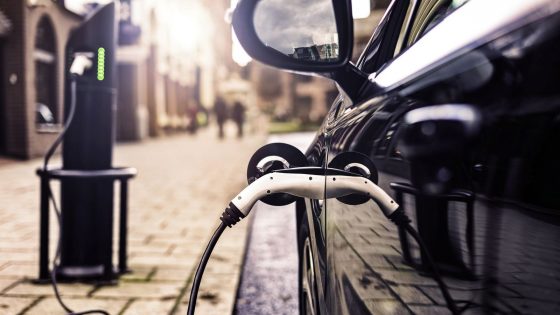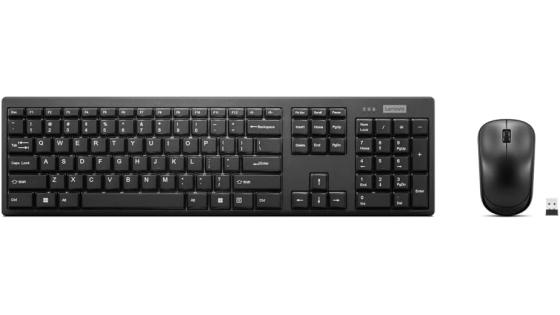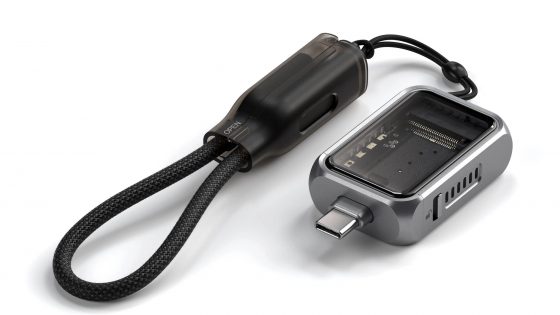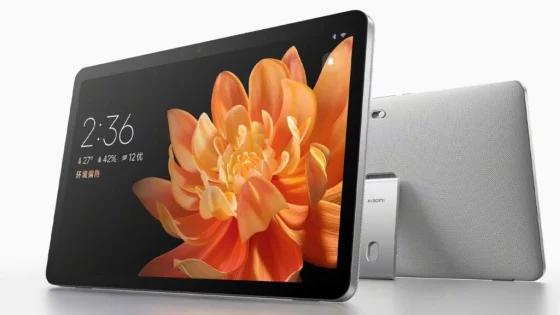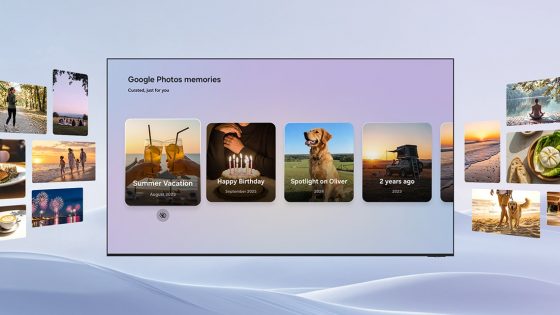iPhone 15 with the biggest update in recent years
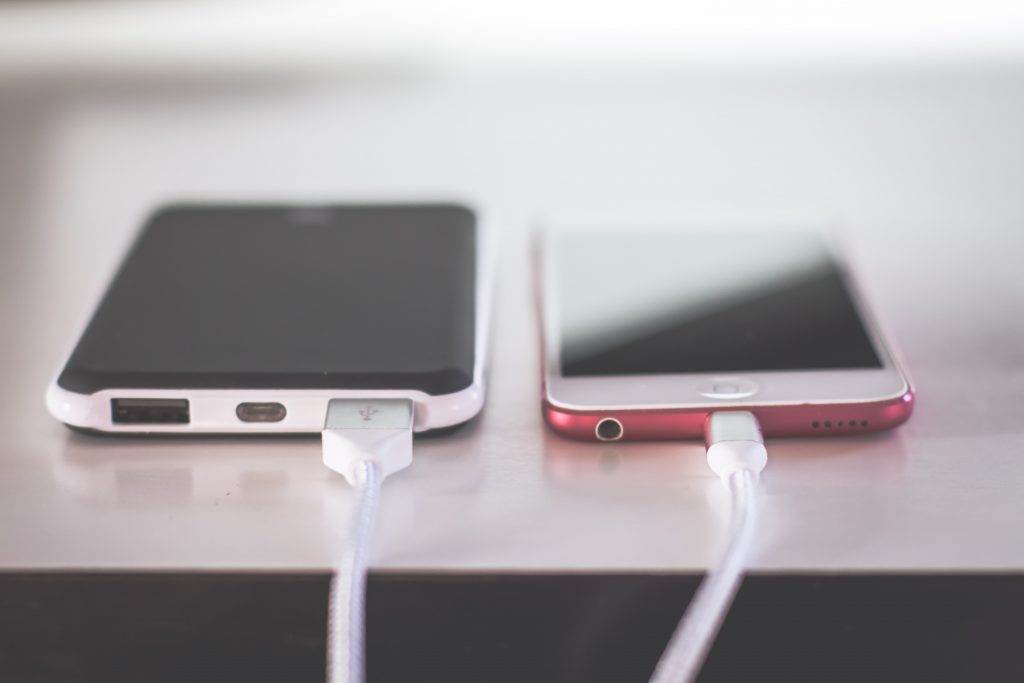
The next iPhones expected in September could have something no iPhone has yet: a generic charging port.
The new models could include a USB-C port on the bottom of the phone. This is what analysts predicted and many world media reported. It's the same charging port used on nearly every laptop sold in the past few years, as well as Android phones, iPads and other devices, from Kindles to headphones, drones and heated blankets.
The USB-C connector would thus replace Apple's own Lightning connector, which graced all iPhones released since 2012.
The potential change would represent one of the biggest iPhone improvements in recent years
iPhone users would no longer need two different cables to charge their phone and other devices, say while traveling. Android users could, among other things, lend chargers to iPhone users. They could continue to borrow chargers from those using newer laptops. Schools and businesses could standardize on one type of charger for their entire fleet of devices. USB-C could also allow iPhones to charge faster.
Although Apple has not yet confirmed that the new iPhones will have a USB-C connector, this change is almost certain to happen.
A new regulation passed by the European Union last year requires new smartphones to have USB-C ports by 2024. Apple is unlikely to make iPhones exclusively for the European market. “We’re obviously going to have to adapt,” Greg Joswiak, Apple’s chief marketing officer, said last year.
Benefits for consumers, such as reduced dependence on a single manufacturer, were the main reasons behind the new regulation. The EU estimates that the rule in question could save European citizens 250 million euros, which are otherwise wasted per year on chargers. The EU also stated that old chargers represent approximately 11,000 tons of electronic waste in the region annually.
Apple has long resisted the law. In a 2021 letter, Apple said the regulation could hinder future charging innovation and potentially confuse consumers with additional information.
Potential weaknesses
Apple's argument about confusion over the new connector makes a lot of sense. With the USB-C connector, anyone can make cables without Apple's control, which means that not all cables are created equal and some don't work properly. Consumers will also have to choose the correct cable themselves. Still, Apple will probably label the suitability of iPhone charging cables. Apple has complained about the regulation, but will have to adapt as the EU requires a USB-C connector. This will make life easier for iPhone users as they will be able to use the same cables as other devices. In the future, however, Apple is likely planning to completely remove the connectors from iPhones.



